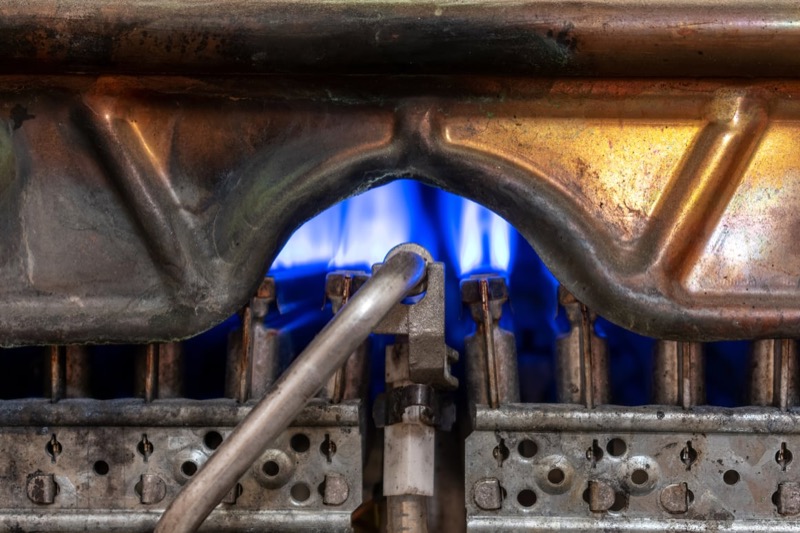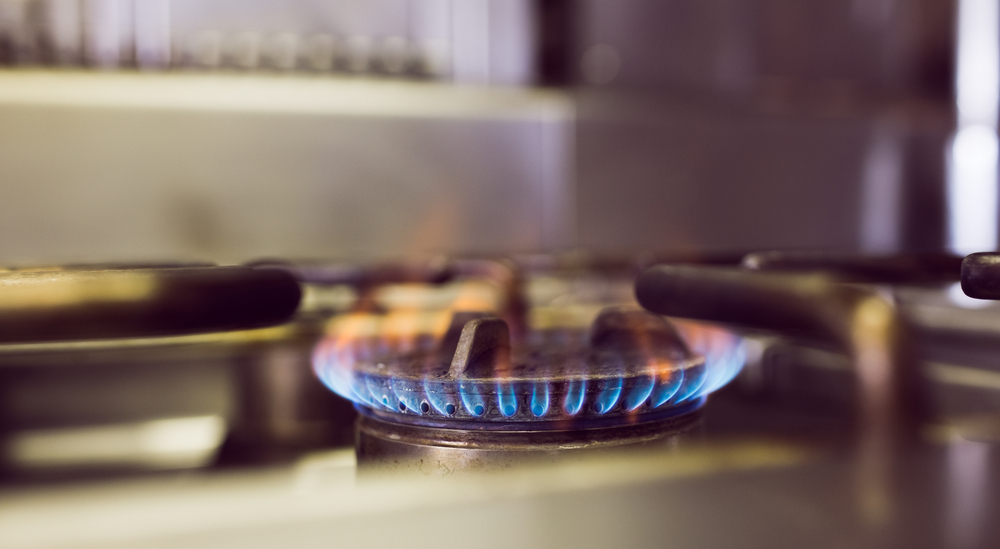Carbon Monoxide, Gas Stoves, and Your Health
Carbon monoxide, CO, is a poisonous gas created when a fuel has not fully combusted–either due to cold or lack of oxygen.
Carbon monoxide is odorless and colorless, and can build up indoors quickly or over time. When inhaled, carbon monoxide displaces oxygen in the blood, and starves vital organs of oxygen. At high doses it can cause loss of consciousness, organ or brain damage and death in a matter of hours or minutes. Please visit the National Carbon Monoxide Awareness Association for detailed information about the dangers of carbon monoxide. Some key points are below:
Symptoms of acute carbon monoxide exposure start as a headache, dizziness, muscle weakness, upset stomach, vomiting, chest pain, and confusion. As the exposure progresses, symptoms evolve to include convulsions, unconsciousness, brain damage, heart and lung failure, and possibly death.
Long term exposure to carbon monoxide is known as chronic carbon monoxide poisoning and it can cause neurological damage and cognitive impairment. Survivors of chronic carbon monoxide poisoning exhibit a range of debilitating symptoms including tremors, impaired attention and problem-solving abilities, depression and memory impairment.
The creation of carbon monoxide is a risk when burning any fuel, but it is particularly dangerous with improperly ventilated appliances like gas stoves, especially if they are in poorly ventilated spaces. Unlike gas boilers or water heaters, gas stoves are not sold with warning labels, and there is no universal requirement that they vent outdoors. Indeed, many hoods over gas stoves are just fans that circulate the pollutants throughout the room, rather than sucking them up and venting them outdoors. Many gas stoves are sold and installed without any ventilation system at all.
The only way to know if you have a carbon monoxide leak is with a carbon monoxide detector, but even alarms can be unreliable. A 2011 study showed that roughly 40% of carbon monoxide detectors failed to alarm in hazardous concentrations of carbon monoxide despite appearing to be operating properly.
The best way to protect yourself from carbon monoxide is not to burn fuel in your home. To learn how to reduce your risk, please visit our blog.




